The James Webb Space Telescope (JWST) has just captured magnificent new images of the Ring Nebula that are more detailed and provide insights that have never been seen before.
The Ring Nebula is a glowing orb of material scattered about the cosmos by a dying star some 4,000 years ago. Astronomers have often been imagining the expelled remains of the star for nearly 150 years and now they can observe it with much more details. But the new sight from Webb shows the Ring Nebula in a much greater detail, disclosing structures that can not be detected by any other telescope.
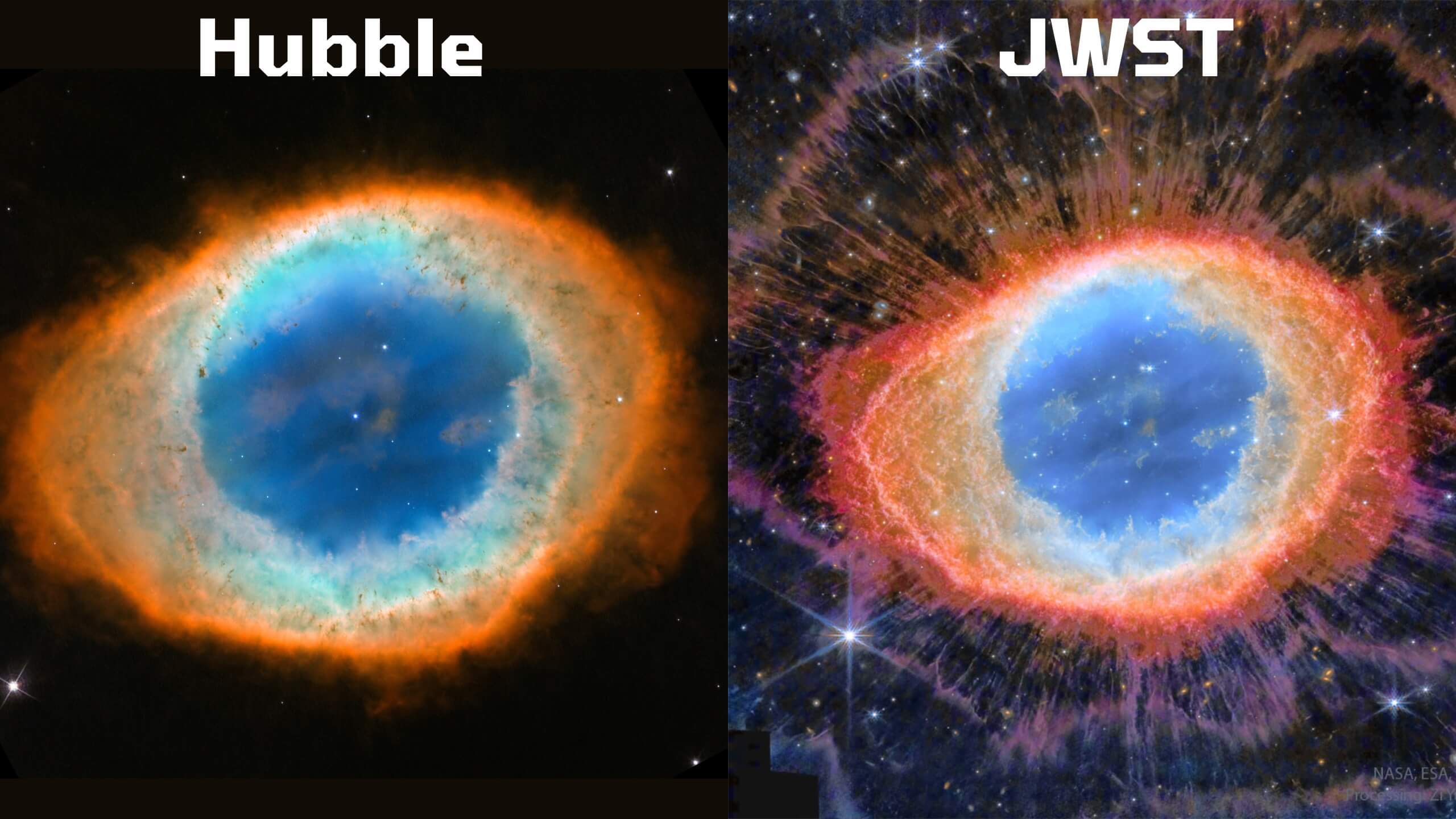
What is the Ring Nebula?
The Ring Nebula, also known as Messier 57, is the most beautiful cloud of dust and gas surrounding the dying star. Ring Nebula is in space which is far away from Earth. The cloud glows in different colors because of the stars’ heat. It is the removal of stellar material that gives a cosmic masterpiece a different structure and visible colors. Scientists study the Ring Nebula to understand how stars change over time and what happens when the star gets old.
How does the Ring Nebula form?
The Ring Nebula is a planetary nebula that forms when a star, which is similar to our Sun, reaches the end of its life. As the star runs out of fuel, it expands into a red giant and sheds outer layers of gas. The core of the star collapses and heats up, emitting ultraviolet (UV) light that ionizes the surrounding gas. The ionized gas creates a glowing shell that can be seen as a nebula. The central hot core becomes a white dwarf, while the expelled gas forms the colorful-ring-like structure we see.
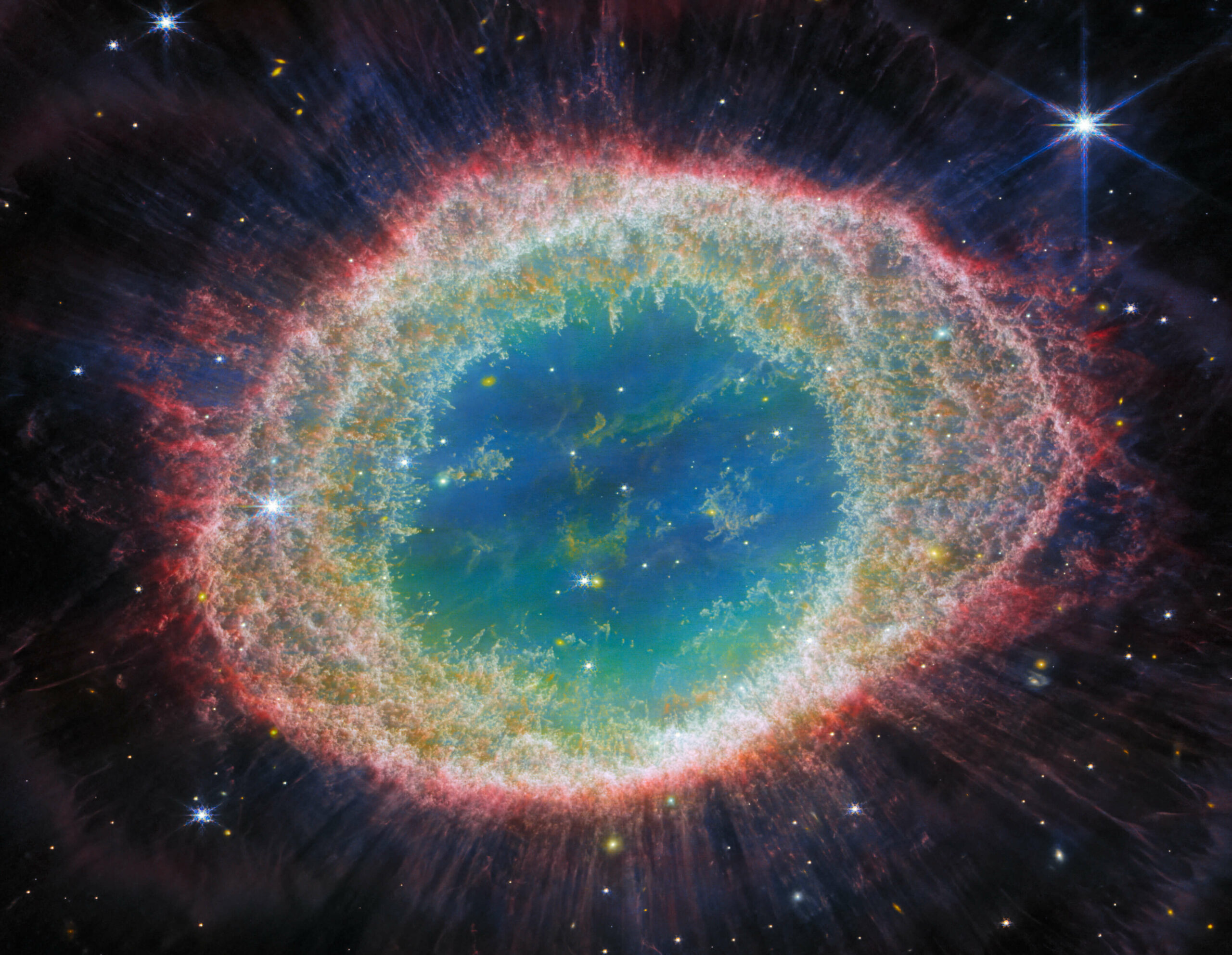
How far is the Ring Nebula?
The Ring Nebula also known as Messier 57 or M57 is approximately located about 2,283 years away from Earth. Making it an easy target for amateur astronomers to find. This explains that the light we see from the nebula today started its journey toward us about 2,300 years ago. The distance of the Ring Nebula was measured using different astronomical techniques. Besides its distance, Ring Nebula is the most well-known planetary nebulae in the night sky and has captivated and caught the attention of astronomers for centuries.
🔬 Subscribe to SciMail
Get the latest science discoveries straight to your inbox!
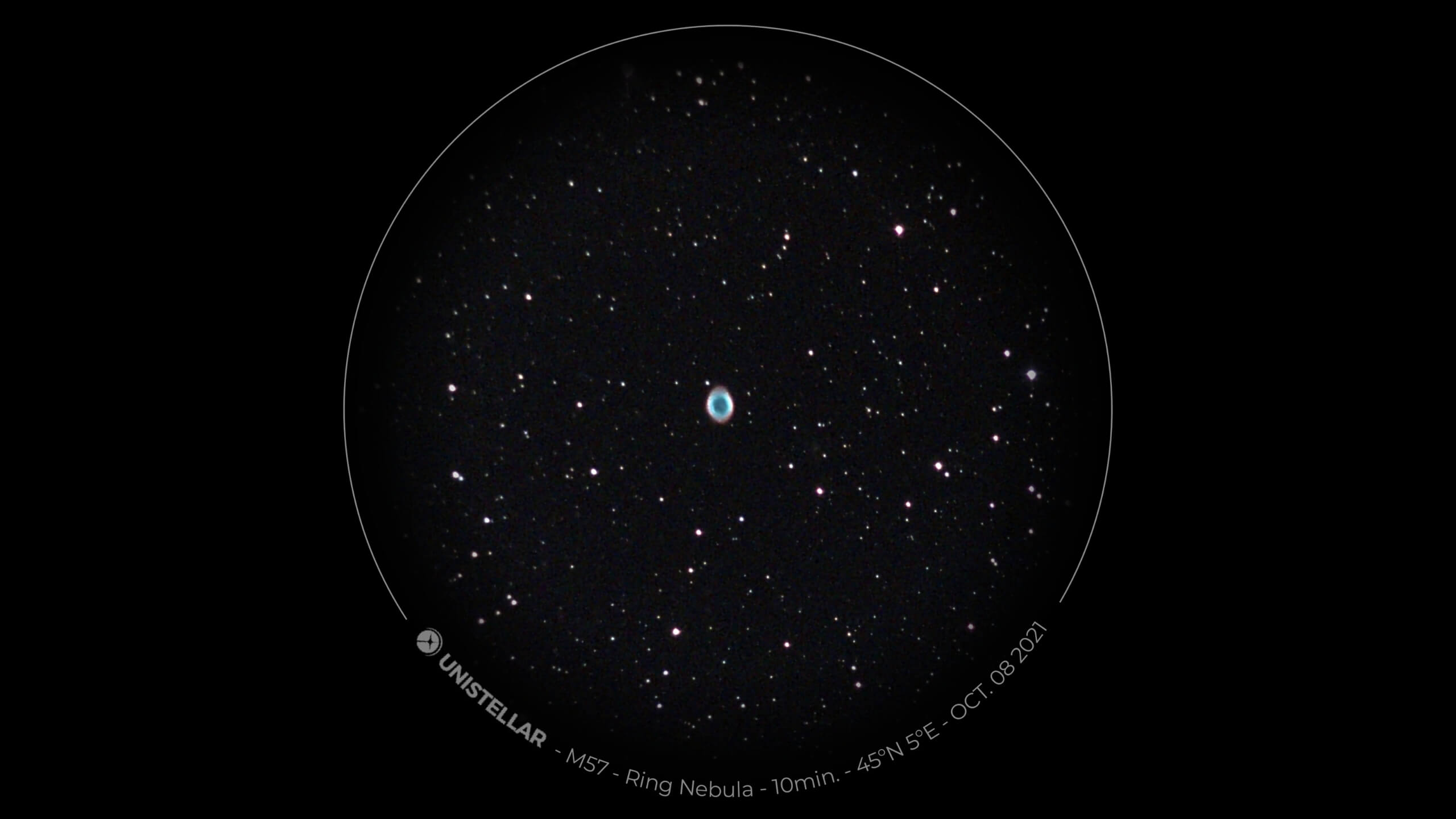
Who discovered the Ring Nebula?
The Ring Nebula was discovered by the French astronomer Antonie Darquier de Pellepoix on January 31, 1779. However, another French astronomer, Charles Messier independently rediscovered it on January 31, 1779, he was unaware of Darquiers earlier observation. Messier classified the nebula as the 57th entry in his famous Messier Catalog. However, the initial discovery is attributed to Antoine Darquier de Pellepoix while the Ring Nebula is often associated with Charles Messier’s name.
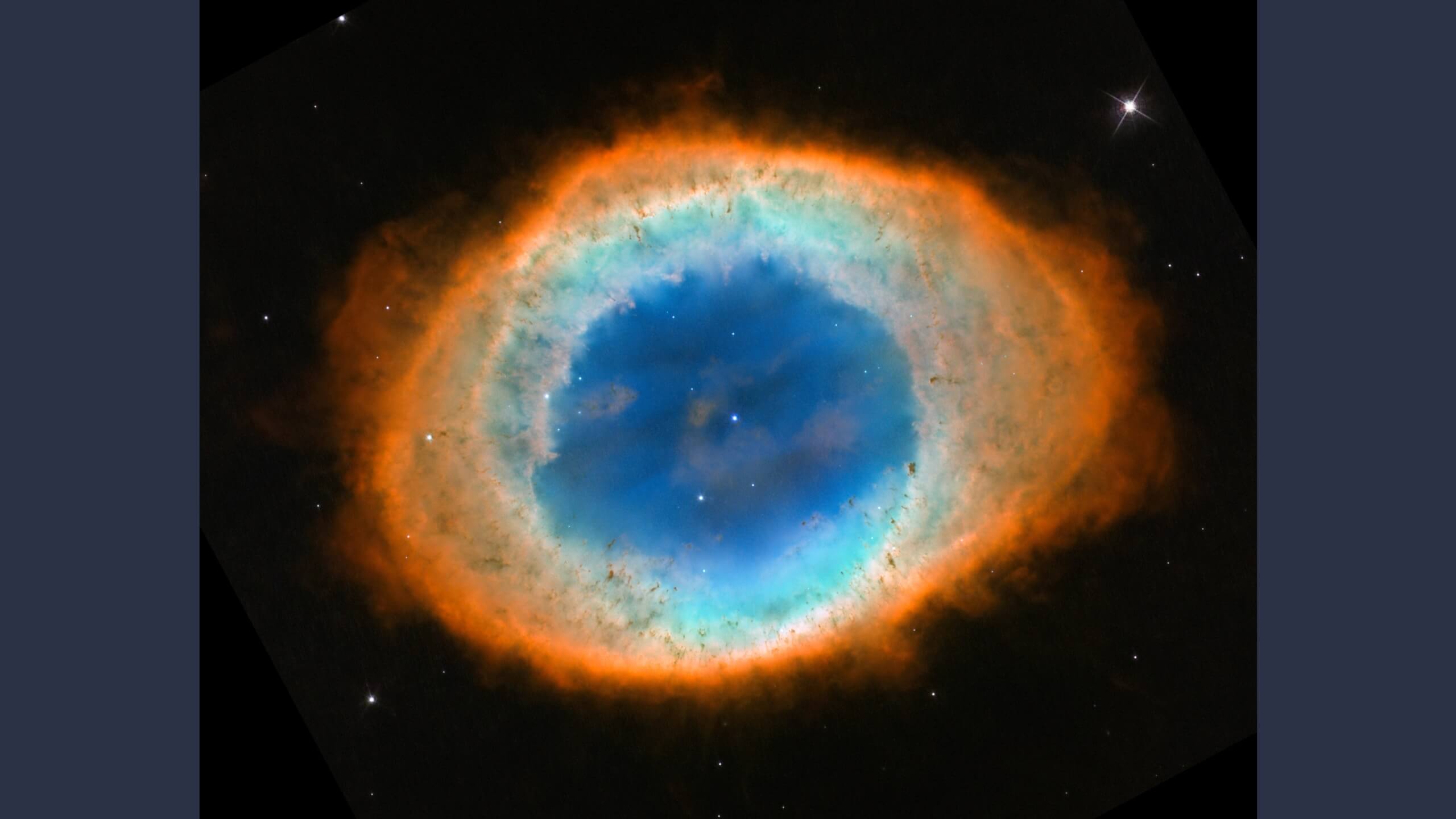
Why is it called Ring Nebula?
The Ring Nebula is called because of its distinct appearance, a bright, circular, or ring-like structure surrounding a central star. This visual effect is created by the way the dying star’s outer layers of gas are expelled into space. The central core, which becomes a white dwarf, emits intense UV radiation, causing the surrounding gas to glow. The gas and the dust at the center block some of its light, resulting in an open ring illuminated with a darker center. This gives the nebula its recognizable ring shape, leading to its name, The Ring Nebula.
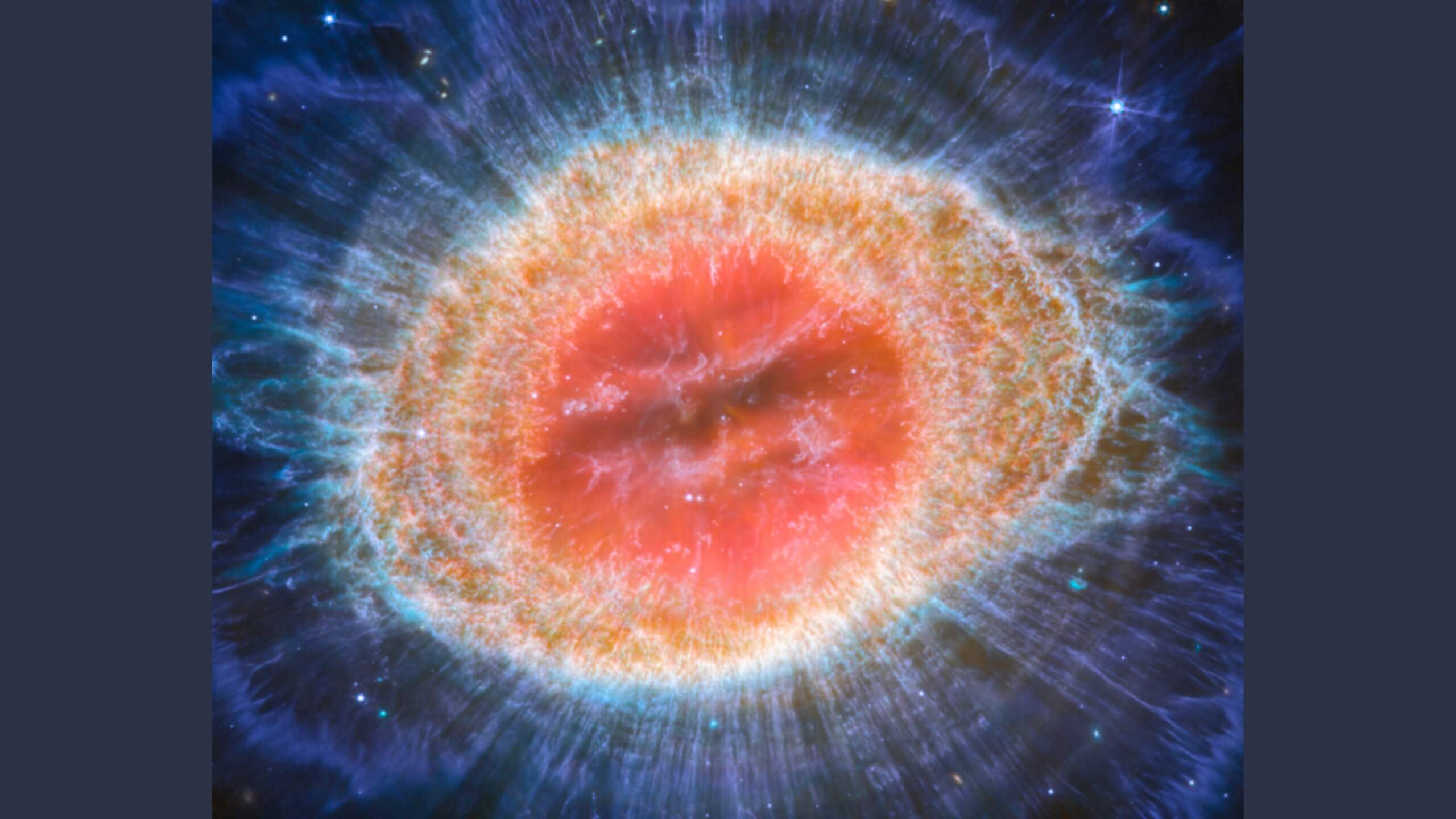
Why is the Ring Nebula important?
The Ring Nebula or Messier 57 is important as it showcases the life cycle of stars. Its Ring-like structure helps astronomers to understand how stars like our Sun transform into white dwarfs. Studying its light reveals the elements present and contributes to our knowledge of element recycling .


Leave a Reply